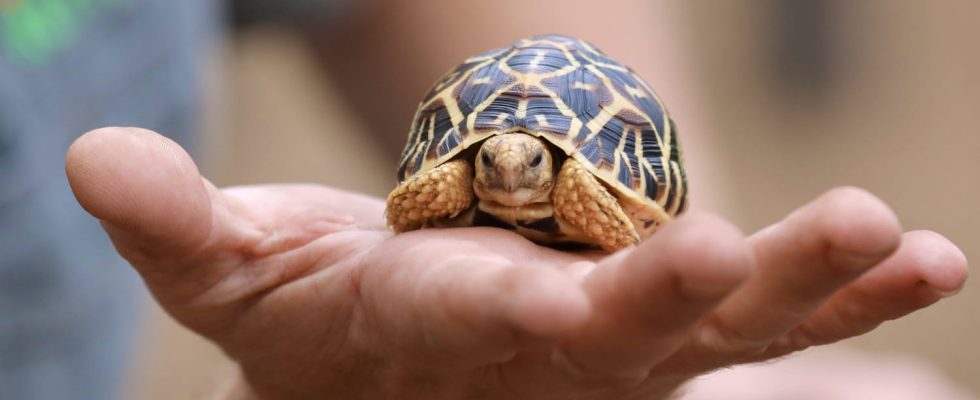Does a turtle’s shell really allow it to hide? It could well have vital functions for the reptile, according to a British scientist.
Turtle anatomy may hold well-kept secrets. Have you ever wondered what could be inside their shell? Many believe that turtles hide in this large shell. In reality, it is an integral part of their spine. These exciting creatures never cease to amaze you, as confirmed by science writer, Ada McVean, who has a keen interest in this fascinating reptile.
For her, “turtles are not inside their shell, they are their shell”. An explanation accompanied by a photo to illustrate its point. In reality, the hard protective shell encloses all of the turtle’s organs as well as its head, and it changes over time due to the evolution of the species, although their physical characteristics have changed very little since their arrival on the planet. earth, more than 200 million years ago.
To get into more technical terms, the turtle shell is a vertebrate carapace, we speak of an endoskeleton. Which means they can’t leave her. Unlike exo skeletons (mollusk shells). If “turtles can hide in their shells”, Ada Mcvean rejects claims that turtles can live without their shells. She notes, however, that certain turtles which do not seem to have a shell necessarily have one: these are soft-shelled turtles. “It exists,” she says. “They cover the solid part of their carp, or carapace, with tough skin. They always have a shell, just a small one,” explains the specialist. But that’s not all. The latter also revealed even stranger facts about turtles. As surprising as it may seem, it indicates that the latter “exhale through their buttocks”. A new characteristic specific to this reptile.
If the shell is an integral part of the body of turtles, it has three main functions. First, the camouflage. The colors of the shell are close to those of their original environment. It allows you to avoid being spotted by possible enemies. Their shape is also very varied, so as to go as unnoticed as possible. Then, protection, taking into account the speed of movement of the turtles. Without this shell, they would have no chance of survival against predators. In case of danger, they retreat to their shelter. Finally, temperature regulation. Turtles are reptiles and therefore cold-blooded animals. To survive, they need warmth. In the event of a significant drop in temperature, the turtle must be able to save its energy by slowing down its metabolism and go into hibernation inside its shell.
